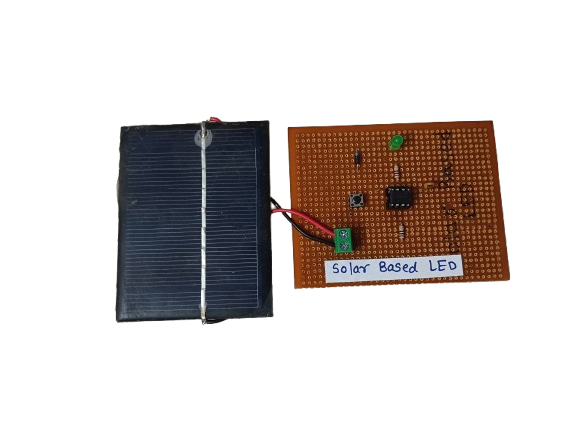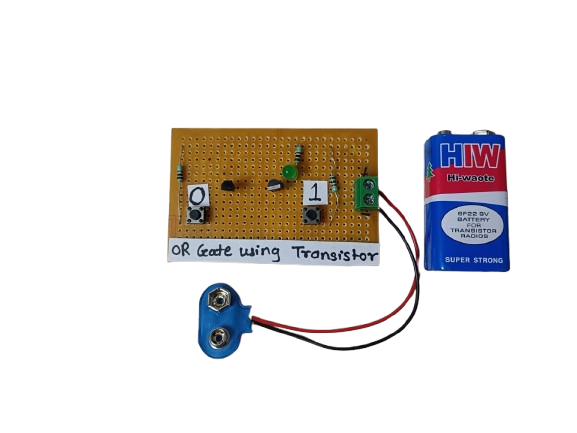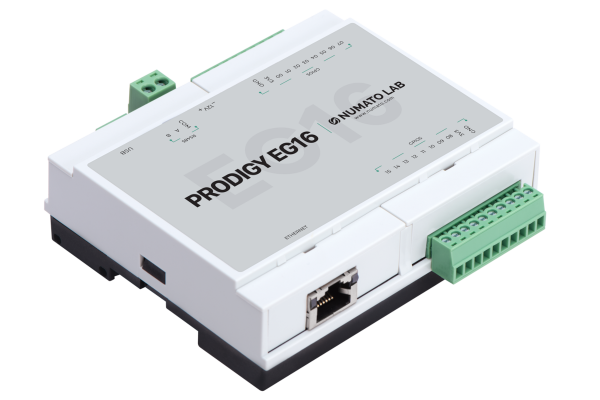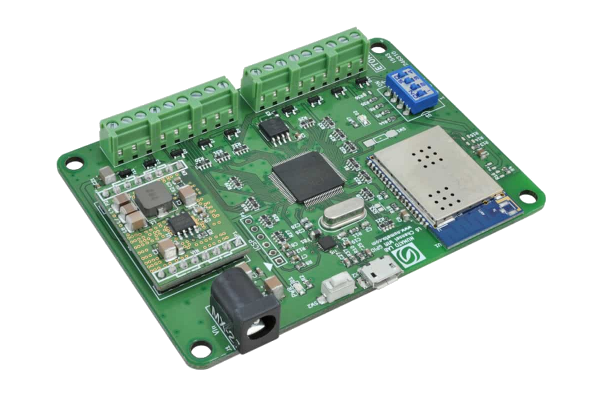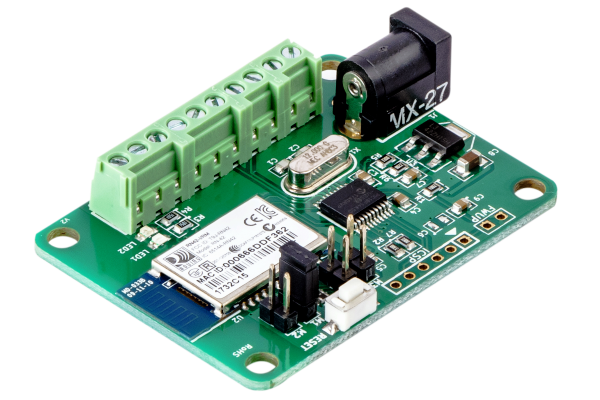Description
For Numato Products Price details/ quotation please mail your requirements on dolphinlabs17@gmail.com
Mimas is an easy-to-use FPGA Development board featuring AMD Spartan-6 FPGA. Mimas is specially designed for experimenting and learning system design with FPGAs. This development board features AMD XC6SLX9 TQG144 FPGA with a maximum of 70 user IOs. The USB 2.0 interface provides fast and easy configuration download to the onboard SPI flash. You don’t need a programmer or special downloader cable to download the bitstream to the board.
Features
- FPGA: AMD Spartan-6 XC6SLX9 in TQG144 package
- Flash memory: 16 Mb SPI flash memory (M25P16)
- 100MHz CMOS oscillator
- USB 2.0 interface for On-board flash programming
- FPGA configuration via JTAG and USB
- 8 LEDs and four switches for user-defined purposes
- 70 IOs for user-defined purposes
- Onboard voltage regulators for single-power rail operation
Applications
- Product Prototype Development
- Signal Processing
- Wired and Wireless Communications
- Educational tool for schools and universities
-
A solar-based LED system is a lighting setup that uses solar energy to power LED (Light Emitting Diode) lights. During the day, a solar panel captures sunlight and converts it into electrical energy, which is stored in a battery. At night or in low-light conditions, this stored energy powers the LED light.
These systems are eco-friendly, cost-effective, and ideal for off-grid or outdoor applications like street lighting, garden lights, and emergency lighting.
₹250.00 -
An OR gate using transistors is a basic logic circuit built using NPN transistors that performs the logical OR function. It gives a high output when at least one input is high. This is a fundamental building block in digital electronics and can be implemented using discrete components like transistors and resistors.
₹145.00 -
The Conveyor Belt Object Counter using LDR and 7-Segment Display with the 8051 microcontroller is designed to count objects passing in front of an LDR (Light Dependent Resistor) sensor. The system works by detecting light interruptions when an object crosses the sensor, causing a change in the LDR’s resistance. The microcontroller processes this change and increments an object count. The count is then displayed on a 7-segment display.





